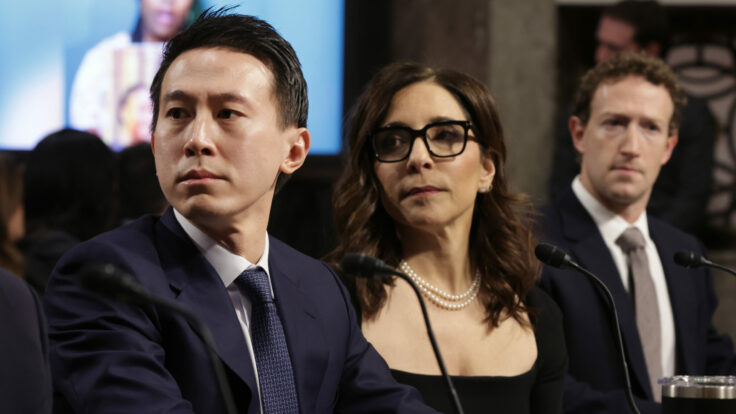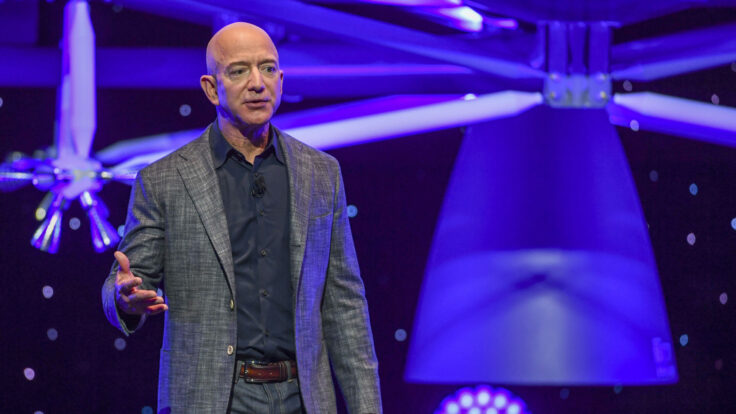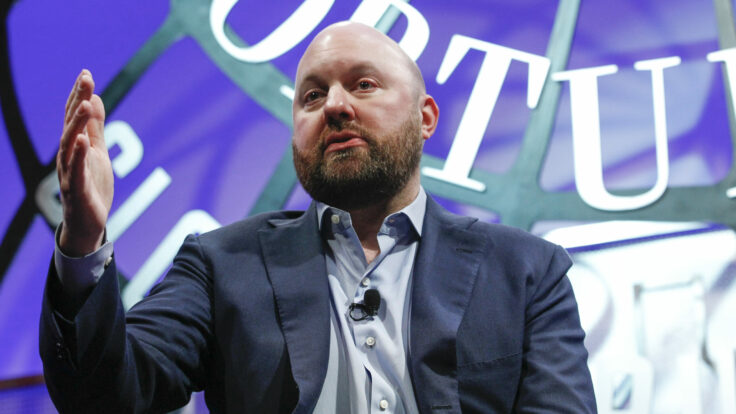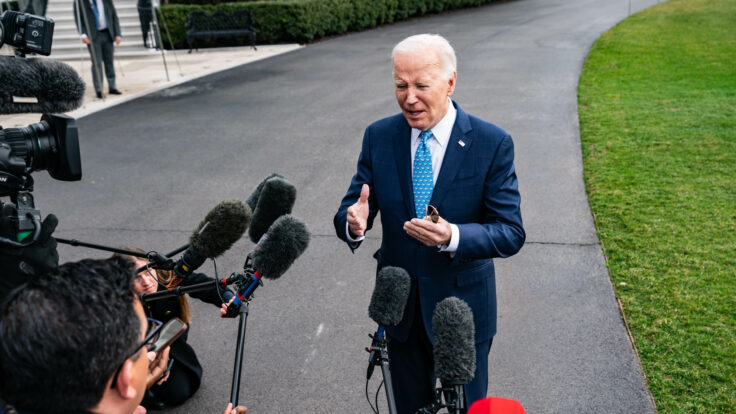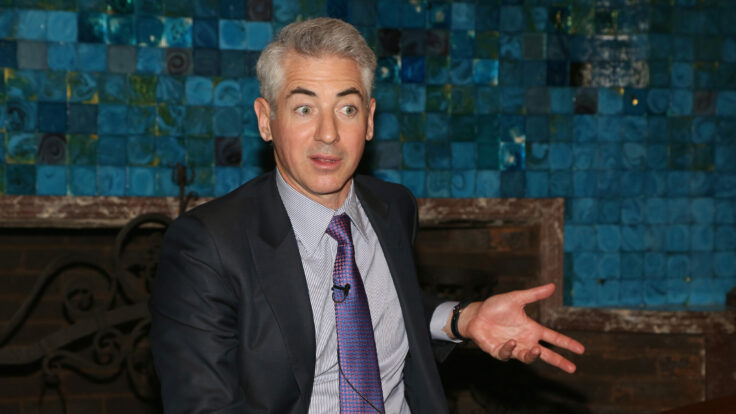I spend a lot of time in airports—such is the life of a Puck writer/TV host/public speaker—and recently found myself sitting at an ersatz Japanese restaurant in Newark International Airport. (Yes, it’s actually nice now.) As I prepared to eat, I noticed an older woman sitting across from me, in her 60s or early 70s, staring at the table with a frustrated expression. I immediately recognized her pain.
Moments earlier, after all, I had the same look on my face as I struggled to navigate a slow and poorly-designed digital menu and payment process that could have been easily bypassed with the simplest human interaction. But the woman across from me didn’t have a smartphone. Sure, she was comfortable enough with the modern world to acquire a plane ticket, and had managed to traverse the gauntlet that is TSA. But when it came to meeting her basic need for sustenance, the QR codes at Newark had her stumped. Eventually, a few of us sitting around her flagged down an elusive employee.










